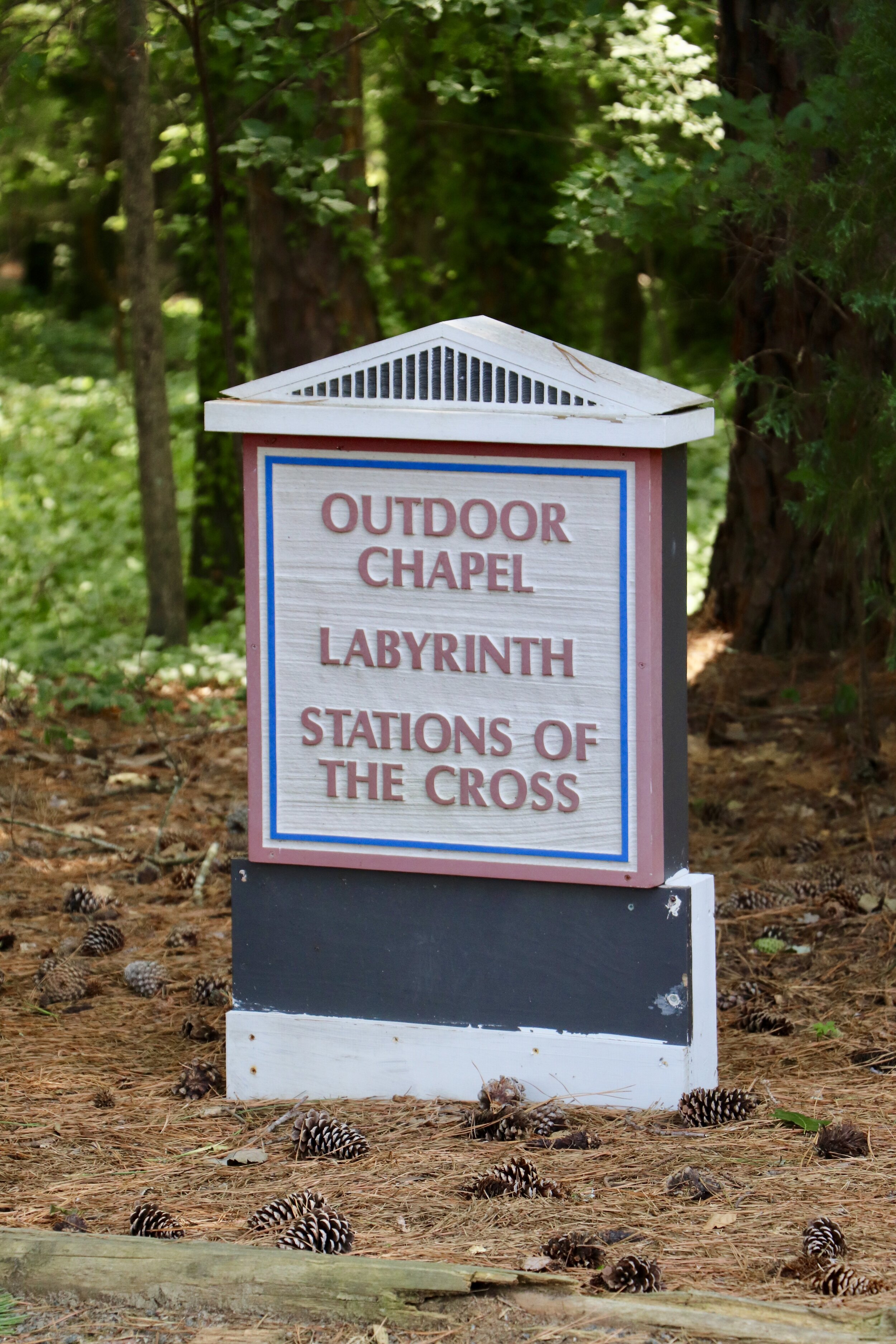Labyrinth
A labyrinth is a type of maze with only a single path to the center. It is designed to be intricate, but easy to navigate. According to Greek mythology, the labyrinth was invented to contain the Minotaur, a monster that was half-man and half-bull. Labyrinths have existed for at least 4,000 years and have appeared in Christian churches for over a thousand years. They are a representation of pilgrimage, and as people walk the path, they ascend spiritually in thoughtful prayer. Labyrinths are intended to help a person reconnect with God.
Walking a labyrinth is a spiritual journey. There are three stages to walking a labyrinth: purgation, illumination and union. In the first step, purgation, you release your emotions and let go of any problems you are facing in life as you walk toward the center of the labyrinth. In the second step, illumination, you stop in the middle of the labyrinth to pray or meditate, so that you may receive any enlightenment or release that you seek. In the final step, union, you exit the labyrinth, reunited with God and having gained something from the experience of walking the labyrinth.
As you walk, choose a pace that feels right for you. Clear your mind. Take time in the center of the labyrinth to reflect on why you are walking and what you hope to achieve. Remember that there is no “right” or “wrong” way to walk a labyrinth.
St. Stephen’s labyrinth is a 6-circuit labyrinth in the medieval style, located adjacent to the playground behind the pre-school building. It was installed in the Spring of 2013 by the St. Stephen’s Men’s Group. The labyrinth is open to the public during the day. The entrance to the labyrinth faces east, like the altars of many churches. There are benches around the labyrinth for sitting and reflecting in the outdoors.


